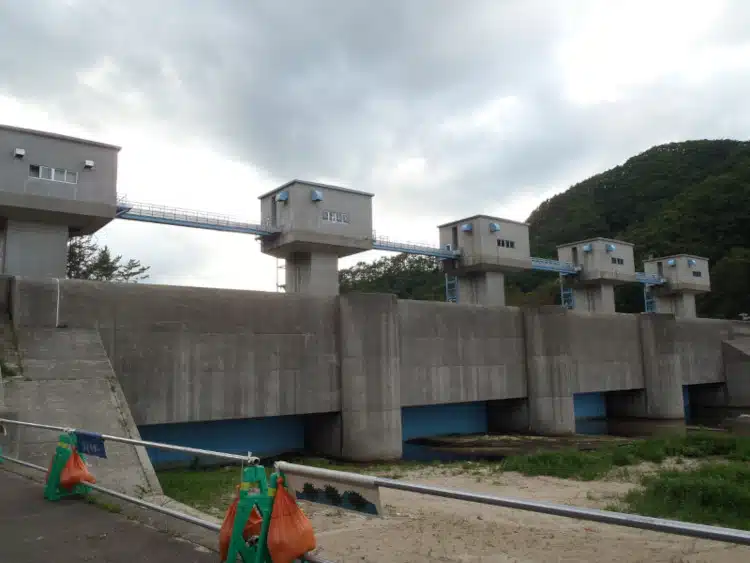Photo: Sed viaWikimedia Commons(CC BY-SA 3.0)
Fudai is a 2,600-person village in northeastern Japan.
Like many similar towns, it relies on fishing and agriculture.
Wamura was the mayor of Fudai from 1945 to 1987.

Photo: Sed viaWikimedia Commons(CC BY-SA 3.0)
The determined man had already experienced two tsunamis in 1896 and 1933, which killed 439 people.
I had no words, Wamura wrote about the latter tsunami in his bookA 40-Year Fight Against Poverty.
The devoted mayor swore to never let it happen again.
In 1967, his government built a 51-foot seawall to shield homes behind the fishing port.
The height raised some eyebrows, but real skepticism hit when he pitched an even bigger project.
A floodgate, as tall as the seawall, for the cove where most people lived.
The construction took place from 1972 to 1984three years before he left office.
It had a cost of 3.56 billion, split between the prefectural government and the central government.
That was until March 11, 2011, when a 9.0 earthquake unleashed 66-foot-tall waves on Fudai.
While some ocean water did flow over, the tsunami caused minimal damage to the homes behind the seawall.
It cost a lot of money.
But without it, Fudai would have disappeared, fisherman Satoshi Kaneko toldNBC Newsat the time.
However, the aftermath of the tsunami prompted people to visit his grave to pay their respects.